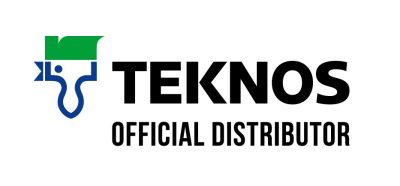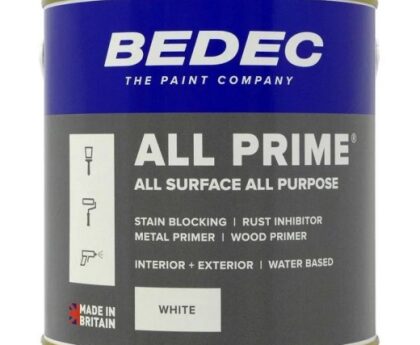Avoiding Winter Painting Problems: Tips from Teknos
As winter approaches, painting projects may become more challenging due to the colder temperatures and increased moisture in the air. These conditions can lead to various problems, such as the freezing of paint during transportation and storage, site issues caused by the premature installation of joinery before the paint has fully cured, and the swelling of joinery and opening of joints due to high levels of ambient moisture. However, with some precautionary measures and the right techniques, these problems can be avoided. In this article, we will discuss tips from Teknos, a leading provider of advanced coating solutions, to help you overcome winter painting hurdles.
Freezing of Paint During Transport and Storage Transporting and storing paint in cold weather can lead to its freezing, rendering it unusable. This can result in wastage of time, money, and resources. To prevent this problem, Teknos recommends storing paint in temperature-controlled environments. Ensure that the storage area is kept above the freezing point, ideally between 10-20°C (50-68°F). If necessary, use heating equipment or insulation to maintain a suitable temperature. It is also advisable to warm up the paint before use to improve its flow and application properties.
Site Problems Caused by Premature Installation of Joinery In winter, there is often a temptation to install joinery, such as doors and windows, before the paint has fully cured. This premature installation can have detrimental effects on the final outcome, including poor adhesion, cracking, and peeling of the paint film. To avoid these issues, Teknos suggests waiting until the paint has fully cured before installing joinery. The curing time may vary depending on the paint type and environmental conditions, so it is crucial to follow the manufacturer’s instructions. Additionally, ensure that the joinery is protected from extreme temperature changes and moisture during the curing process.
High Levels of Ambient Moisture Causing Swelling and Joint Opening During winter, the air tends to be more humid, leading to higher levels of ambient moisture. This increased moisture content can cause joinery to swell and joints to open, compromising the structural integrity and aesthetics of the painted surfaces. To mitigate this problem, Teknos advises using moisture-resistant coatings specifically designed for outdoor applications. These coatings provide a protective barrier against moisture ingress, minimizing the risk of swelling and joint opening. Additionally, ensure proper ventilation in the painting area to reduce humidity levels and aid in the drying process.
Conclusion Winter painting projects can present unique challenges, including the freezing of paint during transport and storage, site problems caused by premature joinery installation, and the swelling of joinery and opening of joints due to high levels of ambient moisture. However, by following the tips provided by Teknos, these problems can be effectively avoided. Storing paint in temperature-controlled environments, waiting for full paint curing before installing joinery, and using moisture-resistant coatings will help ensure successful winter painting projects. By taking these precautionary measures, you can achieve long-lasting and visually appealing results, even in the harshest winter conditions.





